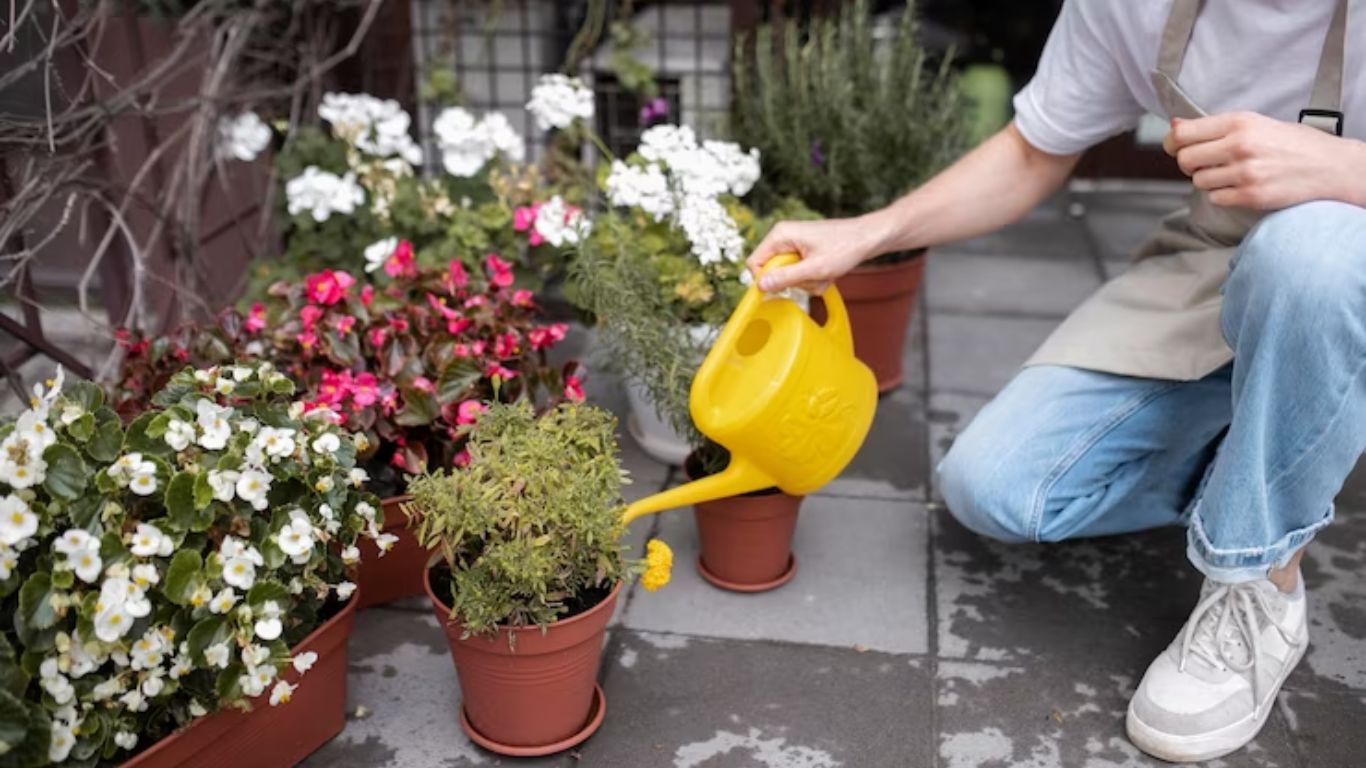
How to Landscape Your Garden at Home: Easy Tips and Ideas
A beautifully landscaped garden can be a source of pride and joy for any homeowner. Whether you have a large backyard or a small courtyard, creating an inviting and aesthetically pleasing outdoor space is within your reach. Take a look as Portland’s landscaping expert explores some easy tips and ideas to help you landscape your garden at home and transform it into a tranquil oasis.
1. Plan and Design
Before you start digging or planting, take the time to plan and design your garden. Consider the available space, your budget, and your personal preferences. Draw a rough sketch of your garden area and mark the key elements you want to include, such as a patio, flowerbeds, pathways, and seating areas. Think about the overall style you want to achieve, whether it’s a modern minimalist look or a lush, cottage-style garden.
2. Work with the Natural Elements
Observe the natural elements present in your garden, such as existing trees, slopes, or water features.By include these in your plan, you can give your landscape a distinctive and charming feel. For instance, if you have a large tree, create a shaded seating area underneath it. If your garden has a slope, consider terracing the area with retaining walls to create different levels for planting and visual interest.
3. Choose the Right Plants
Selecting the right plants is crucial for a successful garden landscape. Choose plants that will flourish in your local climate by taking the local climate into account. Pay attention to factors like sunlight, soil type, and water availability. Incorporate a mix of flowers, shrubs, and trees to add texture and variety to your garden. Native plants are often a great choice as they require less maintenance and are better adapted to the local ecosystem.
4. Create Focal Points
Focal points draw the eye and add a sense of purpose to your garden. These can be anything from a stunning water feature, a unique sculpture, or a beautifully designed gazebo. In addition to increasing visual attention, focal points also give the environment a feeling of balance and harmony.
5. Add Water Features
The soothing sound of water can instantly create a serene and calming atmosphere in your garden. Consider adding a small pond, a birdbath, or a fountain to attract birds and other wildlife to your outdoor space. Water features not only add an element of tranquility but also serve as a focal point and can be a great conversation starter during gatherings.
6. Define Pathways
Pathways not only serve a practical purpose but also help guide visitors through your garden. Use stepping stones, gravel, or pavers to create well-defined pathways that complement the overall design. Curved pathways can add a sense of intrigue and lead visitors to explore different areas of your garden.
7. Incorporate Outdoor Lighting
Outdoor lighting can transform your garden into a magical place, especially during the evenings. Consider using string lights, solar-powered lanterns, or well-placed spotlights to highlight specific features like trees or sculptures.Good outdoor lighting doesn’t just make your garden look better, it also makes it safer and more useful at night.
8. Utilize Vertical Space
If you have limited horizontal space, don’t forget about vertical space. Use walls, trellises, or arbors to grow climbing plants like roses or ivy . Vertical gardening not only adds a lush green backdrop but also maximizes the use of space, making your garden feel larger and more inviting.
9. Create Seating Areas
Your garden should be a place where you can sit back, relax, and enjoy the beauty around you. Integrate seating areas throughout your garden to provide cozy corners for relaxation or entertainment. Comfortable seating, whether a simple bench, a swing, or an entire outdoor dining set, will motivate you and your visitors to spend more time outside.
10. Embrace Sustainability
Incorporate sustainable practices into your garden design. Consider installing a system to collect and store rainwater for irrigation purposes. You can also apply mulch to retain soil moisture and suppress weed growth, reducing the frequency of watering and maintenance. Additionally, opt for organic fertilizers and avoid harmful chemicals to promote a healthy and eco-friendly garden.
Landscaping your garden at home doesn’t have to be a daunting task. Your outdoor area may become a lovely and useful refuge with careful design, imagination, and a little bit of patience. Remember to work with the natural elements, choose suitable plants, and add focal points to create a harmonious landscape. Embrace sustainable practices to not only enhance the beauty of your garden but also contribute positively to the environment. So, roll up your sleeves and get ready to create the garden of your dreams!







